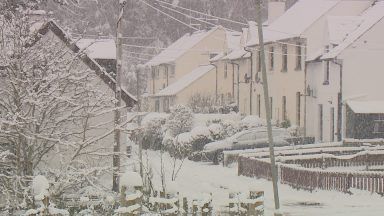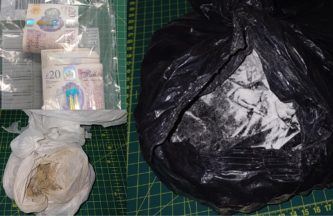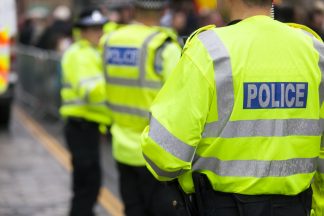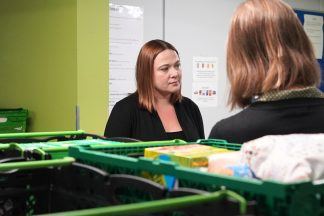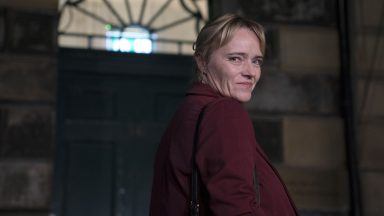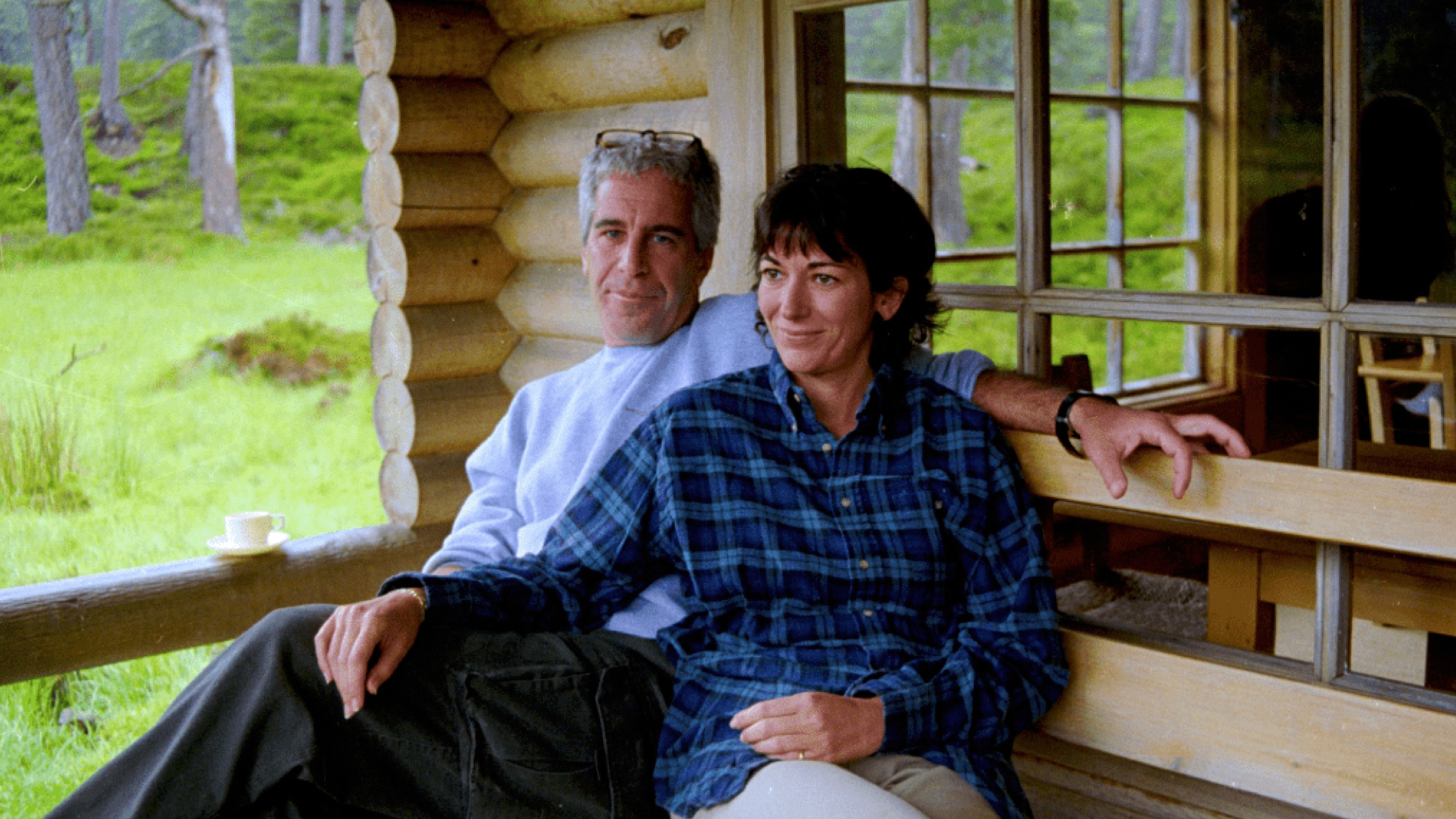A potentially dangerous building material linked to cases of school roofs suddenly collapsing may have been used in the construction of up to 15 council buildings in Edinburgh, it has emerged.
Concerns over Reinforced Autoclaved Aerated Concrete (RAAC) have sparked an investigation by the city council – but it would not confirm if any of the buildings currently being surveyed are educational facilities.
The bubbly, lightweight concrete was commonly used in the construction of roofs and walls in the UK from the 1950s to 80s but is now believed to pose a “risk to life” after incidents of school ceilings caving in.
Other local authorities have already set out plans to spend millions replacing RAAC panels following urgent safety warnings.
In a stark safety briefing notice issued last September, the Office of Government Property (OGP) said the material “is now life-expired and liable to collapse”.
It noted this “has already happened in two schools with little or no notice”.
A freedom of information request by the Local Democracy Reporting Service revealed that Edinburgh City Council has identified 15 buildings “that may have been constructed” using aerated concrete, also known as Siporex.
The council said it is “currently awaiting a quotation for an external consultant to undertake further intrusive surveys”.
It added it would not disclose which buildings are under investigation – which as well as schools could include community centres, libraries and council offices – until the surveys are complete.
Meanwhile West Lothian Council has agreed to spend £10m to replace RAAC panels found in three of its primary schools. The worst affected, Livingston’s Knightsridge Primary, was shut with immediate effect in November after an investigation uncovered extensive structural issues.
If a similarly eye-watering sum is needed to fix walls and ceilings in local authority-owned buildings across Edinburgh this is likely to cause a headache for council bosses – this year’s budget for infrastructure investment is already facing a £134m cut, with plans to scale back new school buildings and retrofitting works to plug the gap.
School construction failures in the capital were previously exposed following the collapse of a wall at Oxgangs Primary in 2016, which led to the closure of 17 schools in the city amid significant concerns over building standards.
The potential dangers of Siporex have been flagged with local councils by the UK Government since 2018, after the roof of Singlewell Primary in Kent suddenly gave way. Luckily, no one was injured as the incident happened on a weekend.
The Standing Committee on Structural Safety (SCOSS), which first warned of the problem over 20 years ago, said the following year that ‘sight must not be lost of the fact that the collapse was sudden with very little noticeable warning’.
Furthermore, last summer leaked emails sent to Downing Street by senior officials at the Department for Education said many school buildings posed a “risk to life” as a result of the RAAC crisis.
Follow STV News on WhatsApp
Scan the QR code on your mobile device for all the latest news from around the country


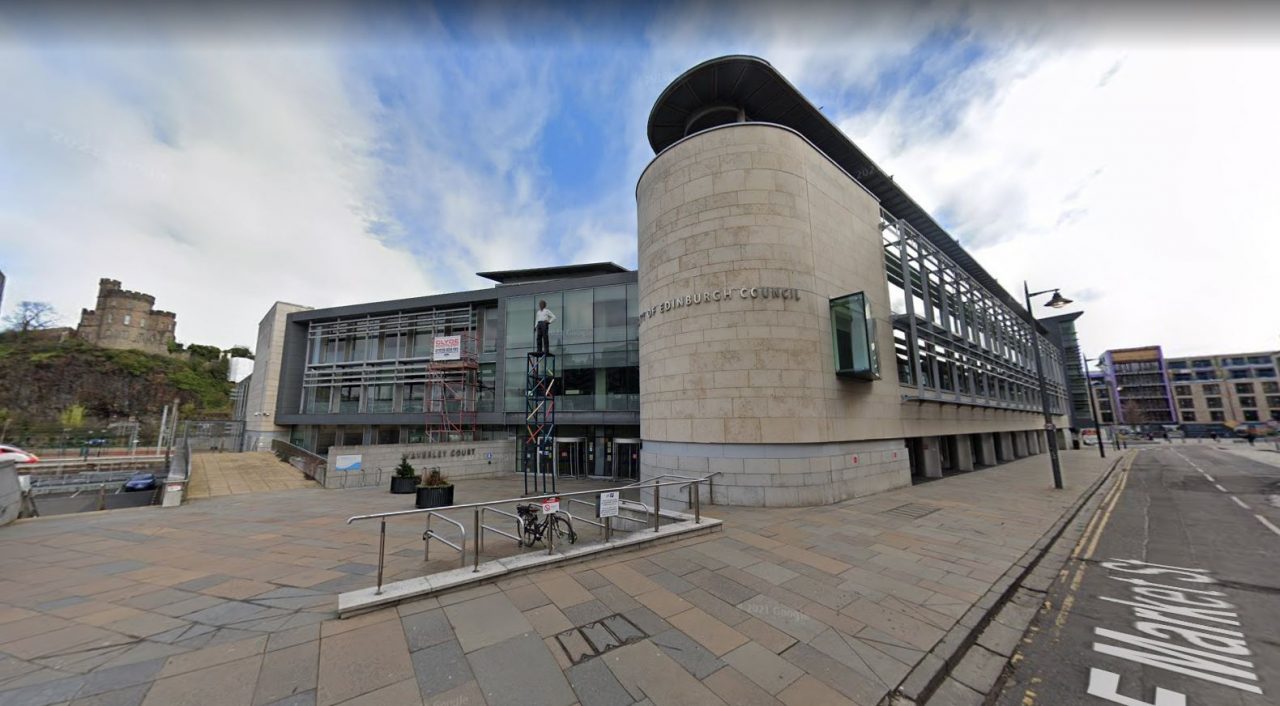 Google Maps
Google Maps





